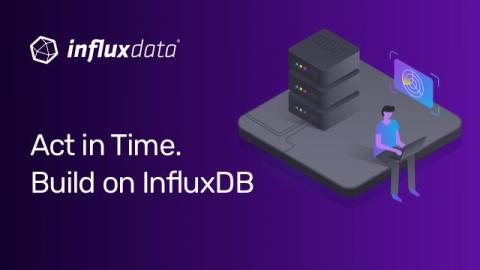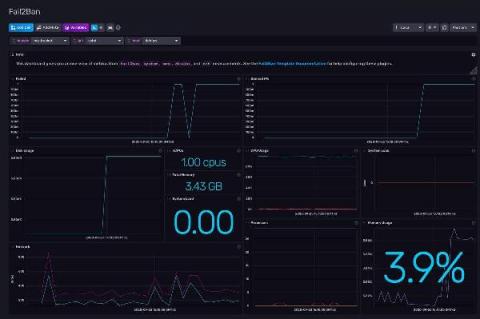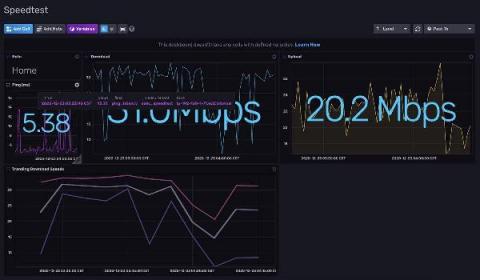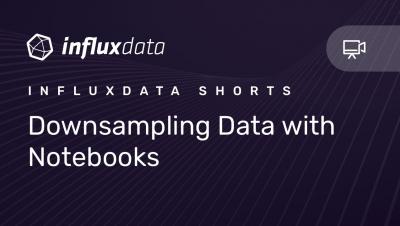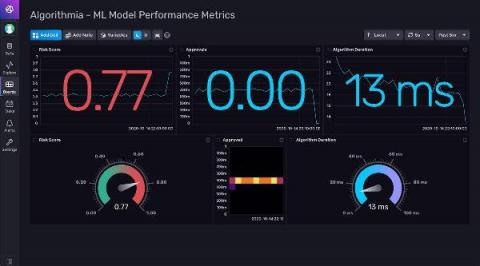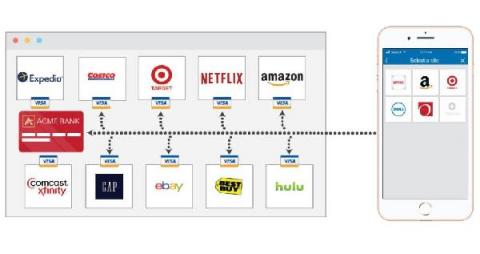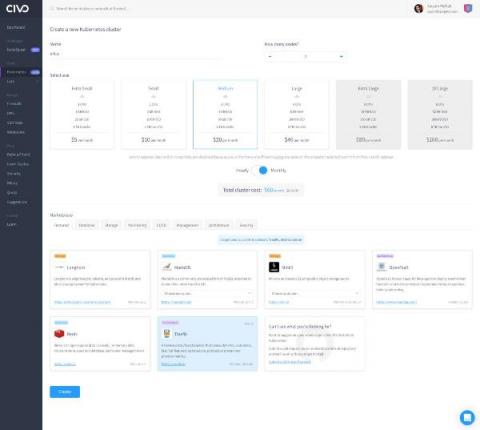How We Use InfluxDB for Security Monitoring
At InfluxData, we believe it makes sense to use a time series database for security monitoring. In summary, it’s because security investigations are inevitably time-oriented — you want to monitor and alert on who accessed what, from where, at which time — and time series databases like InfluxDB are very efficient at querying the data necessary to do this.



